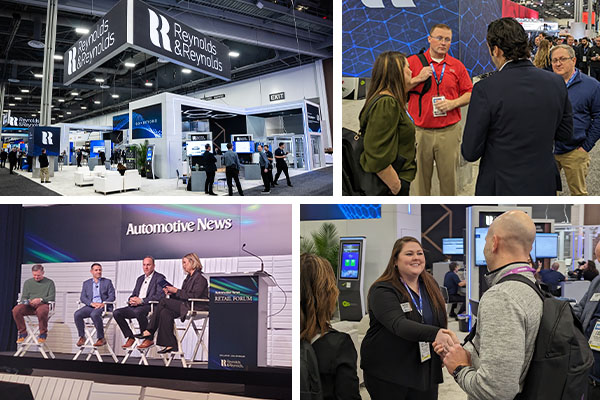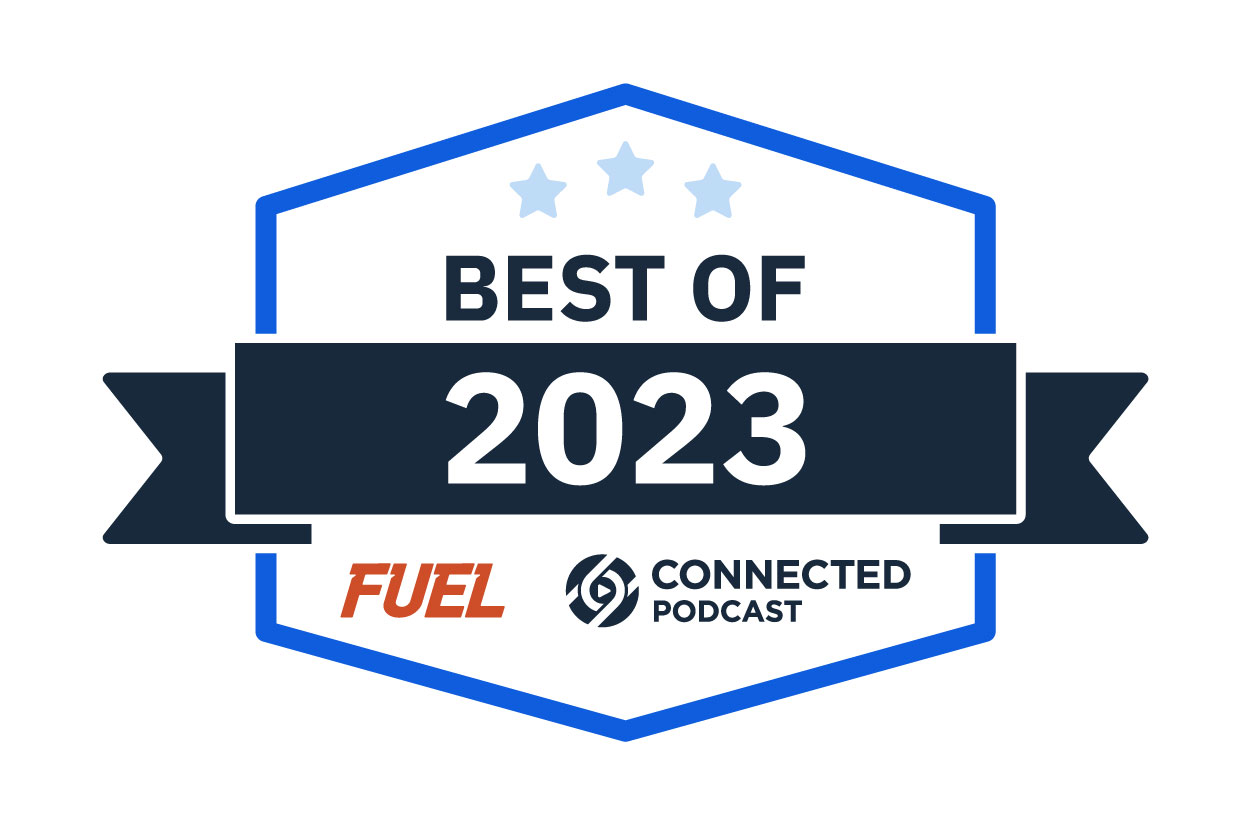Three Reasons Why You Overpay Your Worst People

Article Highlights:
- Treat your employees as an investment.
- Learn a simple formula for calculating employee ROI.
Until dealers move to a non-negotiation system and consumers start buying 100% of their cars online, there is still an opportunity for anyone to make an above average income in the car business. Even a service advisor with a smart pitch can earn a better living upselling recommended service than just about anyone walking around with a degree in Ethics.
Having incentive-based pay is a great way to drive employee performance, because someone motivated by money is usually going to find ways to make more of it. But unless you hire those Ethics majors, and are monitoring your compensation plans closely, you end up with employees focused on working their pay-plan, not working to make the store more profitable.
Here are three examples of how dealers end up overpaying their employees, without even realizing it:
- You don’t have a cap on spiffs for “mini” deals. Not every deal can be a $3,500 front-end gross head-knocker, but when you’ve got sales people who consistently hit “mini” deals, you’re motivating your people to take the easy way out. If your top salesperson also has the most “mini” deals, they probably figured out they can make more money with a $150 spiff on 20 loser deals and a volume bonus than they can missing the bonus on 10 profitable deals.
- F&I manager comp is based on bad reporting. If your F&I manager walks into your Controller’s office at the end of a pay-period with a list of charge-backs and says, “You didn’t take out these corrections and charge-backs from my paycheck,” you have hired the most honest person on Earth. When dealers pay their F&I managers based on reports from their F&I systems, not based on net income from accounting, they’re leaving the door open for simple (even unintentional) manipulation.
- Service advisor comp isn’t impacted by discounts/policy. This one seems to be less frequent than the previous two, but it still happens. When you make it easier for your advisors to ask their manager for a discount rather than holding strong on the price with the customer, you’re going to have a discounting problem. Not only are you overpaying this person, they’re giving away services and costing you bottom-line net income.
What is a spiff on a loser deal really? That spiff isn’t compensation for a job well done; sure, they sold a car, but the store paid for part of it! A spiff is an investment in that person, with expectation that the next car they sell will be so profitable, it will cover the spiff and then some.
Unfortunately, for most pay-plan related issues, the root problem is poor reporting and a focus on metrics that drive performance but do little to improve profitability. You don’t want to drive off your best people, but it’s critical now, more than ever, that dealers manage their compensation effectively. The only way to do this is to make employment decisions based on the ROI of each of your customer-focused employees.
How can you do this? Along with a thorough reporting tool to give you accurate results, calculate your employee ROI with a simple formula. Employee ROI equals profit divided by compensation. Keep in mind though, when using this calculation, you’re including all the factors. Does your profit include costs per lead? Does your compensation include benefits and taxes? To get real employee ROI, your formula should look something like this:
Profit (Net Profit – [Opportunities x Cost Per Lead])
÷
Compensation (Pre-tax Compensation + Benefits)
Just like picking the right stocks, calculating employee ROI is all about having the right data and knowing what to do with it. Dealers who use employee ROI to evaluate their employees aren’t just looking for the ones at the top today. They want consistent performers with reliable returns. As they invest more in these people, they watch that investment grow.
Note: This content first appeared in a different format on the Digital Dealer website. Used with permission.
Related Articles:

10 Ways to Protect your Dealership from Synthetic Fraud
Dealerships are now at a higher risk of losing out due to fraud, and one misstep could lead to a substantial financial loss. Here are…

Amid the NADA Buzz, 3 Common Themes I heard from Dealers
NADA is always a busy, boisterous event – multiply it by 10 when you’re in Vegas. As I walked around the show talking with dealers,…

3 Creative Ways to Show Customers the Love on Valentine’s Day
For many people, Valentine’s Day means heart candies and flowers, a nice dinner, and a box of chocolates from your loved one. But it’s also…

That’s a Wrap: 2023’s Top 5 Fuel Articles and Connected…
If the past has proven anything, it’s that dealerships are able to remain strong and adapt to whatever comes their way. 2023 has been no…















